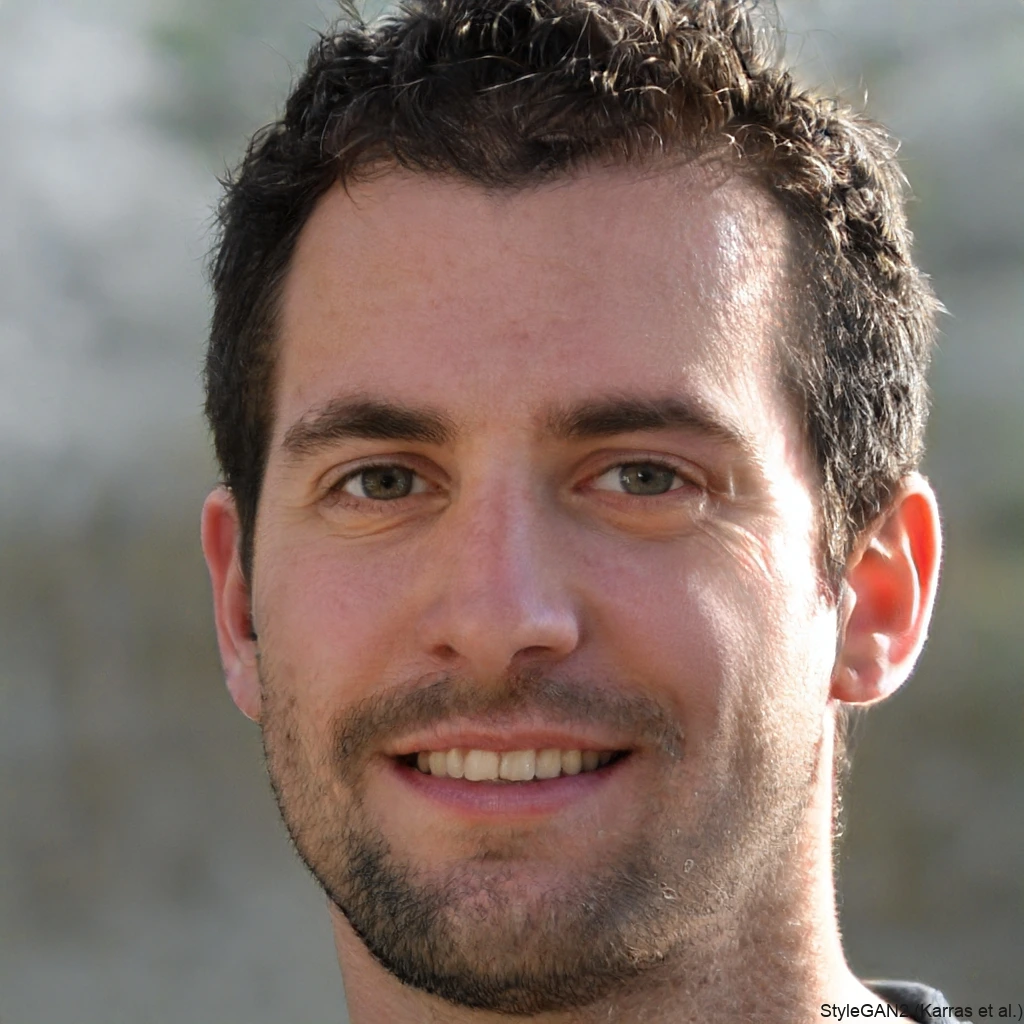
The Unsolved Murder of Kathi Leigh Goff
A Life Built on Love and Laughter
Kathi Leigh Goff was born on April 9, 1959, in Winston-Salem, North Carolina, to parents Delmer and Gladys Goff. Growing up with her sister Diane, Kathi embodied the warmth and spirit that would define her throughout her life. She was the kind of person who lit up a room—popular in high school at East Forsyth, where she played softball and was active in her local Baptist church community.
After graduation, Kathi found her soulmate in David Kennedy, whom she married in 1985. Those who knew the couple described them as genuinely loving, the kind of pair that still held hands and laughed together after years of marriage. They shared simple pleasures—watching Kansas City Chiefs games, planning for their future, and dreaming of the family they would build together.
"She loved to laugh and have a good time and joke around with people. She was a lot of fun to be around," David said about his wife in 1995, words he would repeat with the same warmth and pain thirty years later. Their love story was the kind that small communities are built on—steady, genuine, and full of hope for tomorrow.
Motherhood: Her Greatest Joy
When Jordan was born, followed by Taylor a few years later, Kathi found her true calling. According to her mother Gladys, "That was her mission in life to be a mother." This wasn't just grandmother's bias talking—it was evident to anyone who saw Kathi with her daughters.
Kathi was the kind of mother who documented everything, constantly making home movies of her girls. These recordings, filled with laughter and giggles, would later become precious treasures for a family learning to live with an enormous absence. In these videos, you can see a woman who had found her purpose: nurturing, protecting, and celebrating the two little girls who meant everything to her.
Jordan was four and Taylor just about one when their world changed forever. They were too young to understand what was happening, too innocent to grasp that some evils exist in the world that can steal everything in a single night.
October 17, 1994: When Safety Became an Illusion
The Kennedys had just moved into the Springbrook Apartments in Kernersville, North Carolina, the month before. It was meant to be temporary housing while they built their dream home—a stepping stone to an even brighter future. Kernersville was the kind of place where people moved to feel safe, a quiet suburb that hadn't seen a single homicide that year.
On that October evening, David was a few hours away at the Outer Banks, enjoying a fishing trip with friends. It was a normal night in what should have been a normal week. Kathi was home alone with Jordan and Taylor, going through the familiar routine of bedtime stories, tucking in her daughters, and settling in for a quiet evening.
She was last seen around 7:00 or 8:00 PM, depending on the source. What happened next would shatter not only one family but an entire community's sense of security.
A Night of Horror
Early reports indicated that two men—one white, one Black—were seen outside Kathi's apartment between 9:00 and 9:30 PM. Neighbors later reported hearing screams around this time, but in a tragic reflection of how we sometimes turn away from others' pain, no one called the police.
The girls were already asleep and mercifully didn't witness the violence that followed. But Jordan, just four years old, would make a discovery that no child should ever have to make. She found her mother on the living room floor and couldn't understand why Mommy wouldn't get up, wouldn't respond, wouldn't hold her.
A Grandmother's Worst Nightmare
The next morning, Kathi was supposed to bring the girls to her mother Gladys's house. When Gladys called and got no answer, maternal instinct kicked in. Growing increasingly worried, she drove to her daughter's apartment to check on them.
What Gladys found there would haunt her for the rest of her life. Her daughter was dead, lying in the living room where little Jordan had found her hours earlier.
"I just remember her sitting down on the couch and just weeping and crying," Jordan recalled years later. "I was just standing there with her just watching her, knowing something bad was happening but not really knowing how to process it."
The medical examiner's report painted a picture of brutal violence: Kathi had been strangled, beaten, and stabbed fifteen times with her own steak knife. There was no sign of sexual assault or robbery, and no evidence of forced entry. Investigators believed Kathi had likely allowed her attacker into the apartment—suggesting she may have known her killer or at least felt safe enough to open the door.
The Investigation: Leads That Led Nowhere
In any case like this, suspicion naturally falls on the spouse first. However, investigators quickly cleared David Kennedy. Multiple witnesses, including hotel employees, confirmed he was hours away at the time of the murder. There was no life insurance policy, no evidence of affairs on either side, and everyone who knew the couple consistently described their marriage as loving and genuine.
David initially suggested some individuals who might have had motives, but these leads apparently went nowhere. Despite frequent media coverage and a $20,000 reward, the case quickly went cold.
The lack of obvious motive made the case particularly puzzling. This wasn't a robbery gone wrong, a sexual assault, or an obvious domestic dispute. Someone had brutally murdered a young mother in her own home, and then simply vanished into the night.
A Glimmer of Hope: DNA Evidence
In 2001, seven years after the murder, there was a significant development. Reports surfaced that investigators had tested a suspect's DNA in connection with the case, though no arrest followed. This was the first public indication that investigators might have DNA evidence from the crime scene.
While officials have never confirmed this officially, a retired detective has indicated that DNA evidence does exist. However, the details remain frustratingly vague. What type of DNA evidence? Given that there was no sexual assault, did the attacker injure himself during the struggle? Is it touch DNA, and if so, how reliable is it? Can it be tested against modern databases?
These questions highlight one of the most maddening aspects of cold cases in the DNA era—having potential evidence but lacking the technology, funding, or legal framework to fully utilize it.
A Theory from the Shadows
Through local connections to the Kennedy family, one theory has emerged that has never been widely reported. According to sources familiar with the family, Kathi may have been helping a friend leave an abusive marriage. If true, this could provide the missing motive that has puzzled investigators for decades.
This theory aligns well with what we know about Kathi's character—she was the kind of person who would help others, who would open her door to someone in need. It also explains why there was no forced entry and why the attack seemed so personal and vicious.
However, it's unclear whether this potential suspect has been ruled out or thoroughly investigated. Like so many aspects of this case, it remains another thread that may or may not lead to the truth.
Three Decades of Limbo
For the Kennedy family, the years since Kathi's murder have been a exercise in learning to live with permanent uncertainty. David raised Jordan and Taylor as a single father, carrying the dual burden of his own grief while trying to help his daughters process a loss too big for children to understand.
Last October, nearly thirty years after the murder, a local news station aired an extensive segment on the family. Both daughters are now adults with children of their own, but the absence of their mother continues to create new heartbreaks with each milestone.
Taylor shared a particularly poignant moment about explaining death to her young son: "He said, 'What happened to her?' and I said, 'She's in heaven with Jesus, we don't have to worry about that, she's great, she's fine, she's happy.' And he said, 'But I love her, I haven't met her yet' and so that just broke my heart because, me neither buddy."
Those words capture the generational impact of unsolved murders—how the absence of answers creates an absence of closure that passes from parent to child like an unwelcome inheritance.
Treasures Survived, Hope Endures
Recently, when a fire destroyed the family home, the Kennedys feared they had lost their most precious possessions—the home movies Kathi had made of her daughters and her wedding photo with David. In what felt like a small miracle, these irreplaceable mementos survived the flames.
These videos and photos represent more than just memories—they're proof of the love that existed, evidence of the life that was stolen, and testimony to what was lost when Kathi was murdered. They serve as a reminder that behind every cold case statistic is a real person who loved and was loved in return.
Sources
https://www.newspapers.com/article/winston-salem-journal-kennedy-5/170741062/
https://www.newspapers.com/article/winston-salem-journal-kennedy-11/170743047/
